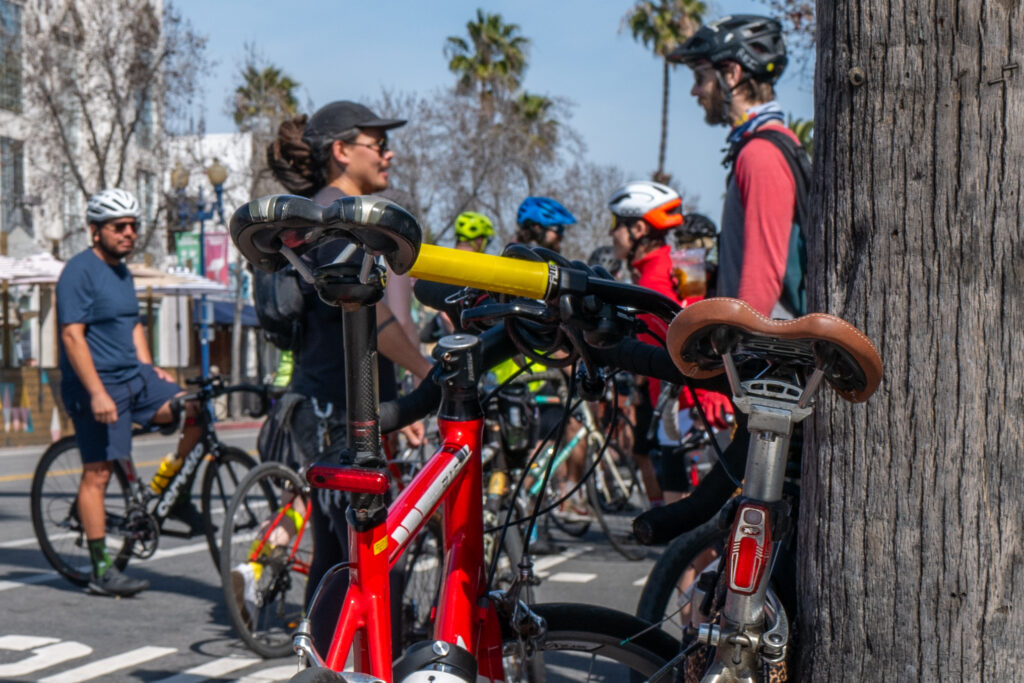If buzz is the measure of success, Fujifilm X100VI is camera of the year. Reviewers swoon, sales soar, and an order backlog means some people will wait until summer to get one—if not longer. The fixed-lens compact’s predecessor has been hard to come by for ages, in part because of adoption and hype by social media influencers.
The same crowd is gaga for the sixth shooter in the series. For the record, I wouldn’t buy one—and content creator crazies rank as my top reason. I love this series of cameras and owned several of them, starting with the original, X100, back in the ancient year of 2011. I also acquired later variants X100T and X100F. But something about the thing being a fad—and Fuji catering to the clamoring mob—kills the allure.
Among the features/benefits that sold me on the compact concept:
- Fixed lens (35mm film equivalent)
- APS-C sensor in sleek, svelte body
- Rangefinder design (viewfinder left)
- Hybrid digital and optical viewfinder
- Leaf shutter (which means nearly silent)
- Fully manual dials for controlling settings
- Built in ND filter—real asset in sunny San Diego
Sure, I liked the retro design and Fuji film simulations—as do twitchy TikTokers. But I bought the original X100 and successors as tools for photography (conceding that I am an amateur, at best).
Besides, I long ago abandoned the Japanese manufacturer for its German counterpart. In May 2015, I acquired—and loved—Leica Q; in December 2019, I replaced it with the Q2, which remains my main camera.
The Featured Image comes from Leica Q2; it’s a close-crop from a hipshot taken yesterday. Vitals, aperture manually set: f/8, ISO 100, 1/320 sec, 28mm; 11:33 a.m. PDT.
The camera costs more than the Fuji compact, offering similar benefits and more, such as full-frame sensor, exceptional lens, dedicated Macro mode, and better manual focus control, among others. Granted, there’s no ND filter, but nice-to-have isn’t must-have.
